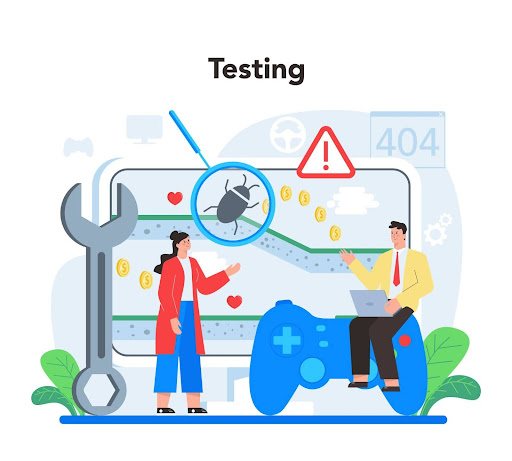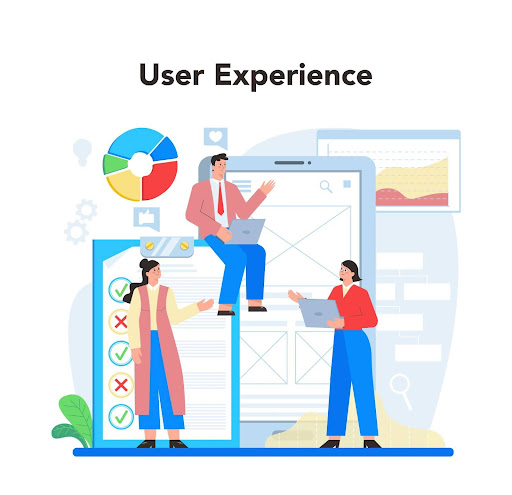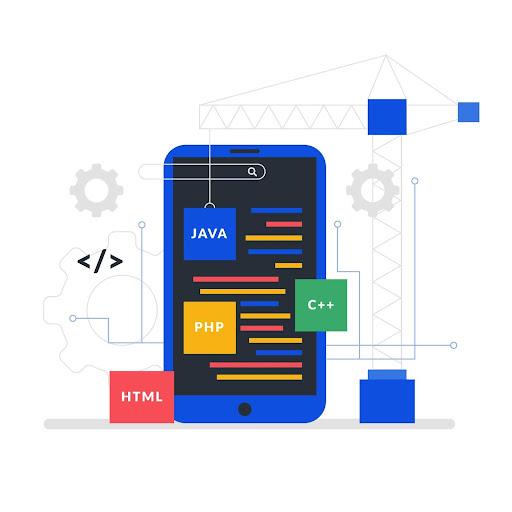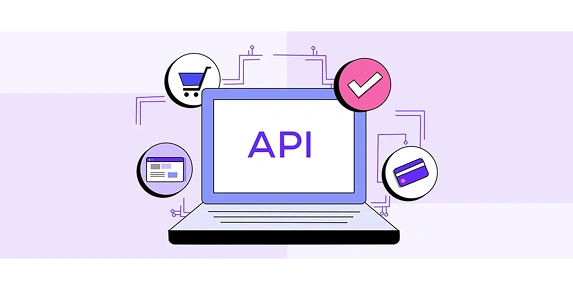Importance of Web App Testing
Web app testing is essential to ensure the reliability, functionality, and performance of web applications. It helps identify and rectify issues before the application goes live, ensuring a seamless user experience and meeting business objectives.
Challenges Faced During Web App Testing
Testing web applications comes with a set of unique challenges. These include ensuring cross-browser compatibility, responsive design, optimal performance, robust security, seamless integration, excellent user experience, and smooth data migration. Each challenge requires specific strategies and tools to address effectively.
Why Overcoming These Challenges is Crucial
Overcoming these challenges is crucial for the success of web applications. Addressing issues related to compatibility, performance, security, and usability not only enhances user satisfaction but also boosts the application's credibility and business value. By proactively tackling these challenges, you can deliver a high-quality web app that stands out in a competitive market.
Challenge: Cross-Browser Compatibility
Explanation: Ensuring a web application functions consistently across multiple browsers is a significant challenge. Different browsers handle web technologies like HTML, CSS, and JavaScript in varied ways, which can result in inconsistencies in layout and functionality.
Solution: Implementing automated testing tools like Selenium and BrowserStack can help simulate multiple browser environments. Regular cross-browser testing should be integrated into the development process to catch and resolve issues early.
Challenge: Responsive Design Testing
Explanation: Web applications must provide a seamless experience across various devices and screen sizes. Testing for responsive design ensures the app adapts well to desktops, tablets, and mobile devices.
Solution: Use tools like Google’s Mobile-Friendly Test and Responsive Design Checker to evaluate how well the web application adapts to different screen sizes. Incorporate responsive design principles from the outset and perform regular testing on various devices.
Challenge: Performance Testing
Explanation: Performance issues such as slow load times and laggy interactions can deter users from using a web application. Ensuring optimal performance is crucial for retaining users and maintaining their satisfaction.
Solution: Utilize performance testing tools like JMeter and LoadRunner to simulate different levels of user activity. Regularly monitor the application’s performance metrics and optimize code, server configurations, and database queries to enhance speed and responsiveness.

Challenge: Security Testing
Explanation: Web applications are vulnerable to security threats like SQL injection, cross-site scripting (XSS), and data breaches. Ensuring robust security measures are in place is vital to protect user data and maintain trust.
Solution: Implement security testing using tools such as OWASP ZAP and Burp Suite. Conduct regular security audits and penetration testing to identify and address vulnerabilities. Adopting secure coding practices and keeping libraries and frameworks up to date can also mitigate security risks.
Challenge: Integration Testing
Explanation: Web applications often rely on multiple third-party services and APIs. Ensuring these integrations work seamlessly together is crucial for the app’s functionality.
Solution: Use tools like Postman and SoapUI for API testing to verify that integrations work correctly. Automated integration tests should be part of the continuous integration/continuous deployment (CI/CD) pipeline to catch issues early in the development cycle.
Challenge: User Experience Testing
Explanation: A web application’s success is heavily dependent on its user experience (UX). Testing for UX involves evaluating the app’s usability, accessibility, and overall user satisfaction.
Solution: Conduct usability testing with real users to gather feedback on the application’s interface and functionality. Tools like Hotjar and Crazy Egg can provide insights into user behavior and highlight areas for improvement. Adhering to UX design principles and guidelines can enhance the overall user experience.

Challenge: Data Migration Testing
Explanation: Data migration involves transferring data from one system to another, which can be prone to errors and data loss. Ensuring data integrity and consistency during migration is a significant challenge.
Solution: Plan and execute comprehensive data migration tests that include data verification, validation, and reconciliation. Tools like Talend and Apache Nifi can assist in automating and monitoring the data migration process. Ensuring robust backup and recovery procedures can also safeguard against data loss.



































































































